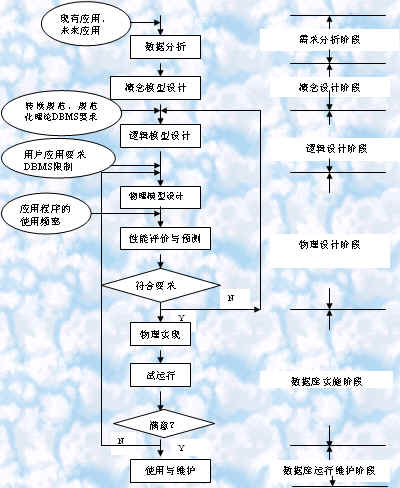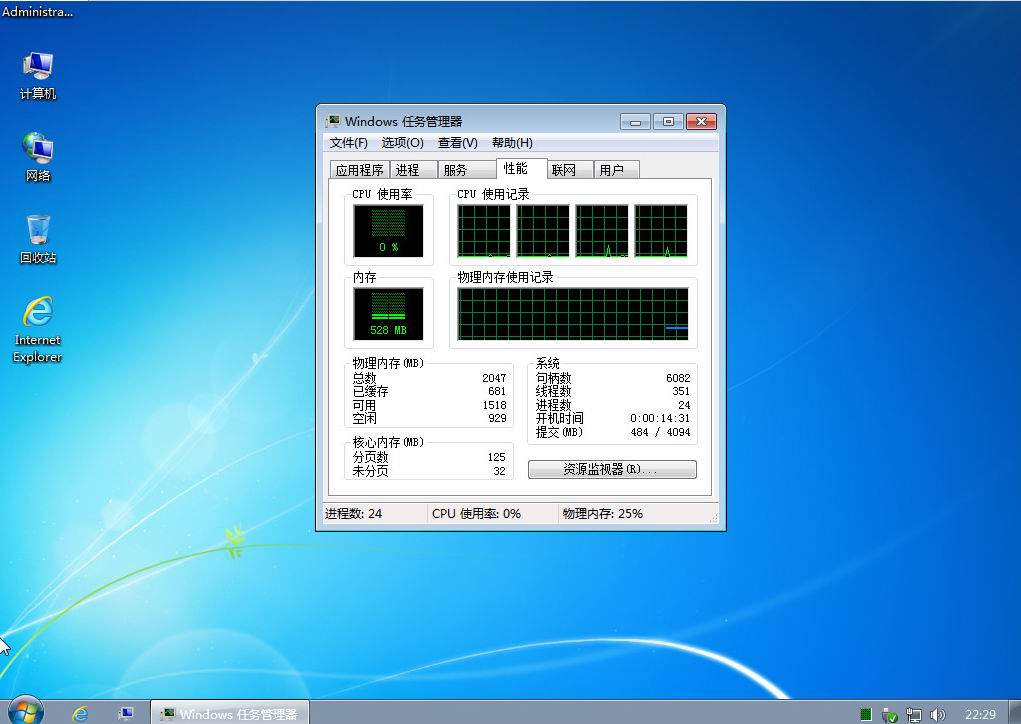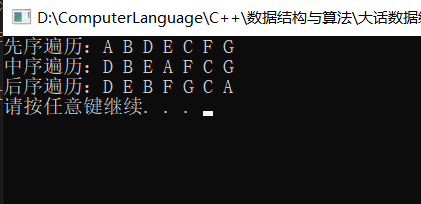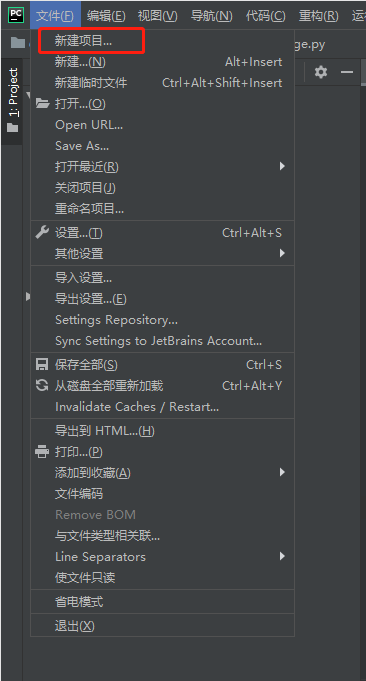Spring Boot 探索之旅(三)——Boot项目启动运行原理
一、boot项目核心注解@SpringBootApplication
首先进入SpringBootApplication源码分析
@Target(ElementType.TYPE)//注解生效地点:类@Retention(RetentionPolicy.RUNTIME)//注解生效时间:运行期@Documented//生成文档@Inherited//该注解可以被继承@SpringBootConfiguration//表明自身是一个配置类@EnableAutoConfiguration//开启自动配置(核心关键)@ComponentScan(excludeFilters = {@Filter(type = FilterType.CUSTOM, classes = TypeExcludeFilter.class),@Filter(type = FilterType.CUSTOM, classes = AutoConfigurationExcludeFilter.class) })//默认扫描该类同包及其子包所有类的所有注解public @interface SpringBootApplication {/*** 按类排除*/@AliasFor(annotation = EnableAutoConfiguration.class)Class<?>[] exclude() default {};/*** 按类名排除*/@AliasFor(annotation = EnableAutoConfiguration.class)String[] excludeName() default {};/*** 扫描具有componenScan注解的类名*/@AliasFor(annotation = ComponentScan.class, attribute = "basePackages")String[] scanBasePackages() default {};/*** 扫描具有componenScan注解的类*/@AliasFor(annotation = ComponentScan.class, attribute = "basePackageClasses")Class<?>[] scanBasePackageClasses() default {};}
再进入EnableAutoConfiguration源码分析
@Target(ElementType.TYPE)@Retention(RetentionPolicy.RUNTIME)@Documented@Inherited@AutoConfigurationPackage@Import(AutoConfigurationImportSelector.class)//导入配置选择器public @interface EnableAutoConfiguration {String ENABLED_OVERRIDE_PROPERTY = "spring.boot.enableautoconfiguration";/*** 按类解除自动配置*/Class<?>[] exclude() default {};/***按类名解除自动配置*/String[] excludeName() default {};}
对导入的AutoConfigurationImportSelector分析
public class AutoConfigurationImportSelectorimplements DeferredImportSelector, BeanClassLoaderAware, ResourceLoaderAware,BeanFactoryAware, EnvironmentAware, Ordered {private static final String[] NO_IMPORTS = {};private static final Log logger = LogFactory.getLog(AutoConfigurationImportSelector.class);private static final String PROPERTY_NAME_AUTOCONFIGURE_EXCLUDE = "spring.autoconfigure.exclude";private ConfigurableListableBeanFactory beanFactory;private Environment environment;private ClassLoader beanClassLoader;private ResourceLoader resourceLoader;@Overridepublic String[] selectImports(AnnotationMetadata annotationMetadata) {//如果开关关闭,则不做任何自动配置if (!isEnabled(annotationMetadata)) {return NO_IMPORTS;}//通过类加载器获取默认配置数据AutoConfigurationMetadata autoConfigurationMetadata = AutoConfigurationMetadataLoader.loadMetadata(this.beanClassLoader);AnnotationAttributes attributes = getAttributes(annotationMetadata);List<String> configurations = getCandidateConfigurations(annotationMetadata,attributes);configurations = removeDuplicates(configurations);Set<String> exclusions = getExclusions(annotationMetadata, attributes);//排除解除自动配置的类checkExcludedClasses(configurations, exclusions);configurations.removeAll(exclusions);configurations = filter(configurations, autoConfigurationMetadata);fireAutoConfigurationImportEvents(configurations, exclusions);return StringUtils.toStringArray(configurations);}@Overridepublic Class<? extends Group> getImportGroup() {return AutoConfigurationGroup.class;}protected boolean isEnabled(AnnotationMetadata metadata) {if (getClass() == AutoConfigurationImportSelector.class) {return getEnvironment().getProperty(EnableAutoConfiguration.ENABLED_OVERRIDE_PROPERTY, Boolean.class,true);}return true;}/*** Return the appropriate {@link AnnotationAttributes} from the* {@link AnnotationMetadata}. By default this method will return attributes for* {@link #getAnnotationClass()}.* @param metadata the annotation metadata* @return annotation attributes*/protected AnnotationAttributes getAttributes(AnnotationMetadata metadata) {String name = getAnnotationClass().getName();AnnotationAttributes attributes = AnnotationAttributes.fromMap(metadata.getAnnotationAttributes(name, true));Assert.notNull(attributes,() -> "No auto-configuration attributes found. Is "+ metadata.getClassName() + " annotated with "+ ClassUtils.getShortName(name) + "?");return attributes;}/*** Return the source annotation class used by the selector.* @return the annotation class*/protected Class<?> getAnnotationClass() {return EnableAutoConfiguration.class;}/*** Return the auto-configuration class names that should be considered. By default* this method will load candidates using {@link SpringFactoriesLoader} with* {@link #getSpringFactoriesLoaderFactoryClass()}.* @param metadata the source metadata* @param attributes the {@link #getAttributes(AnnotationMetadata) annotation* attributes}* @return a list of candidate configurations*/protected List<String> getCandidateConfigurations(AnnotationMetadata metadata,AnnotationAttributes attributes) {List<String> configurations = SpringFactoriesLoader.loadFactoryNames(getSpringFactoriesLoaderFactoryClass(), getBeanClassLoader());Assert.notEmpty(configurations,"No auto configuration classes found in META-INF/spring.factories. If you "+ "are using a custom packaging, make sure that file is correct.");return configurations;}。。。。
探究AutoConfigurationMetadataLoader.loadMetadata(this.beanClassLoader)
final class AutoConfigurationMetadataLoader {//在autoconfiguration依赖中protected static final String PATH = "META-INF/"+ "spring-autoconfigure-metadata.properties";private AutoConfigurationMetadataLoader() {}public static AutoConfigurationMetadata loadMetadata(ClassLoader classLoader) {return loadMetadata(classLoader, PATH);}static AutoConfigurationMetadata loadMetadata(ClassLoader classLoader, String path) {//加载默认配置try {Enumeration<URL> urls = (classLoader != null) ? classLoader.getResources(path): ClassLoader.getSystemResources(path);Properties properties = new Properties();while (urls.hasMoreElements()) {properties.putAll(PropertiesLoaderUtils.loadProperties(new UrlResource(urls.nextElement())));}return loadMetadata(properties);}catch (IOException ex) {throw new IllegalArgumentException("Unable to load @ConditionalOnClass location [" + path + "]", ex);}}static AutoConfigurationMetadata loadMetadata(Properties properties) {return new PropertiesAutoConfigurationMetadata(properties);}/*** {@link AutoConfigurationMetadata} implementation backed by a properties file.*/private static class PropertiesAutoConfigurationMetadataimplements AutoConfigurationMetadata {private final Properties properties;PropertiesAutoConfigurationMetadata(Properties properties) {this.properties = properties;}@Overridepublic boolean wasProcessed(String className) {return this.properties.containsKey(className);}@Overridepublic Integer getInteger(String className, String key) {return getInteger(className, key, null);}@Overridepublic Integer getInteger(String className, String key, Integer defaultValue) {String value = get(className, key);return (value != null) ? Integer.valueOf(value) : defaultValue;}@Overridepublic Set<String> getSet(String className, String key) {return getSet(className, key, null);}@Overridepublic Set<String> getSet(String className, String key,Set<String> defaultValue) {String value = get(className, key);return (value != null) ? StringUtils.commaDelimitedListToSet(value): defaultValue;}@Overridepublic String get(String className, String key) {return get(className, key, null);}@Overridepublic String get(String className, String key, String defaultValue) {String value = this.properties.getProperty(className + "." + key);return (value != null) ? value : defaultValue;}}}
查看spring-autoconfigure-metadata.properties文件

二、Spring Boot核心Main方法
** 分析SpringApplication.run方法**public ConfigurableApplicationContext run(String... args) {//StopWatch检查项目启动所需时间StopWatch stopWatch = new StopWatch();stopWatch.start();//创建项目上下文对象ConfigurableApplicationContext context = null;Collection<SpringBootExceptionReporter> exceptionReporters = new ArrayList<>();configureHeadlessProperty();// 从配置中获取SpringApplicationRunListener实现类并实例化,// 最终把所有这些实例包装到一个SpringApplicationRunListeners实例来使用SpringApplicationRunListeners listeners = getRunListeners(args);listeners.starting();try {ApplicationArguments applicationArguments = new DefaultApplicationArguments(args);ConfigurableEnvironment environment = prepareEnvironment(listeners,applicationArguments);configureIgnoreBeanInfo(environment);Banner printedBanner = printBanner(environment);// 这里创建应用上下文context = createApplicationContext();exceptionReporters = getSpringFactoriesInstances(SpringBootExceptionReporter.class,new Class[] { ConfigurableApplicationContext.class }, context);prepareContext(context, environment, listeners, applicationArguments,printedBanner);refreshContext(context);afterRefresh(context, applicationArguments);stopWatch.stop();if (this.logStartupInfo) {new StartupInfoLogger(this.mainApplicationClass).logStarted(getApplicationLog(), stopWatch);}listeners.started(context);callRunners(context, applicationArguments);}catch (Throwable ex) {handleRunFailure(context, ex, exceptionReporters, listeners);throw new IllegalStateException(ex);}try {listeners.running(context);}catch (Throwable ex) {handleRunFailure(context, ex, exceptionReporters, null);throw new IllegalStateException(ex);}return context;}



































还没有评论,来说两句吧...